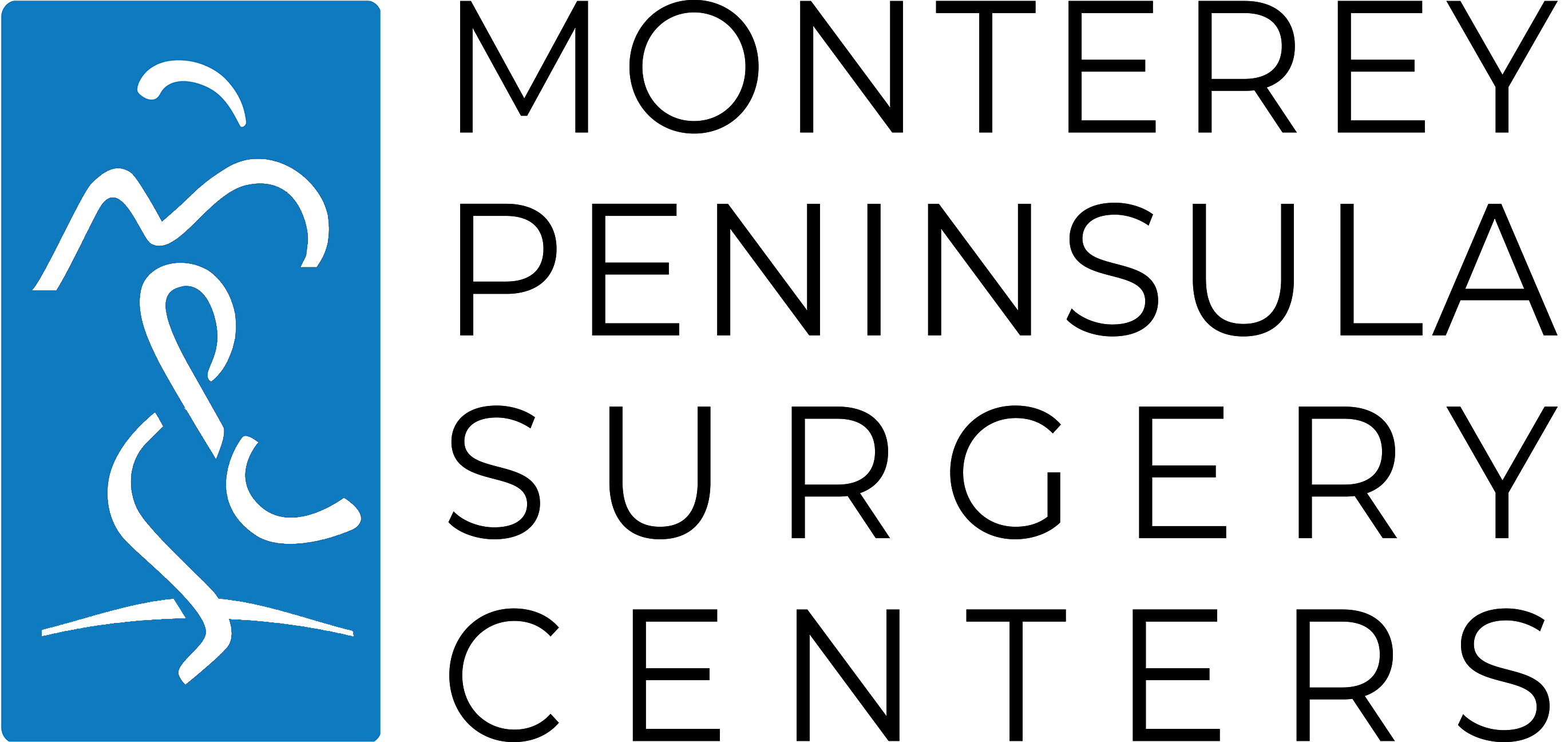Colonoscopy is a test that allows your doctor to look at the inner lining of your large intestine (rectum and colon). He or she uses a thin, flexible tube called a colonoscope to look at the colon. A colonoscopy helps find ulcers, colon polyps, tumors, and areas of inflammation or bleeding. During a colonoscopy, doctors look for precancerous polyps that may exist in the colon. This usually involves placing a tool with a camera on one end inside the patient through the rectum to look at the entire large intestine and part of the small intestine.
Colon cancer is the second leading cause of cancer deaths in the United States, but it is one of the most curable forms of cancer when detected early. Routine colonoscopies reduce the risk of colorectal cancer by as much as 40 percent.
A traditional colonoscopy requires sedation and the use of a six-foot scope. A minimally invasive procedure – also known as a virtual colonoscopy – involves placing a small tube in the rectum to inflate the colon. An insufflator then injects air or carbon dioxide into the colon to enlarge it.
Imaging software creates two and three dimensional images of the colon. If a polyp is found, the gastroenterologist can remove it for evaluation. If bleeding is found, the doctor can seal the necessary areas.
The entire procedure takes about one hour.





